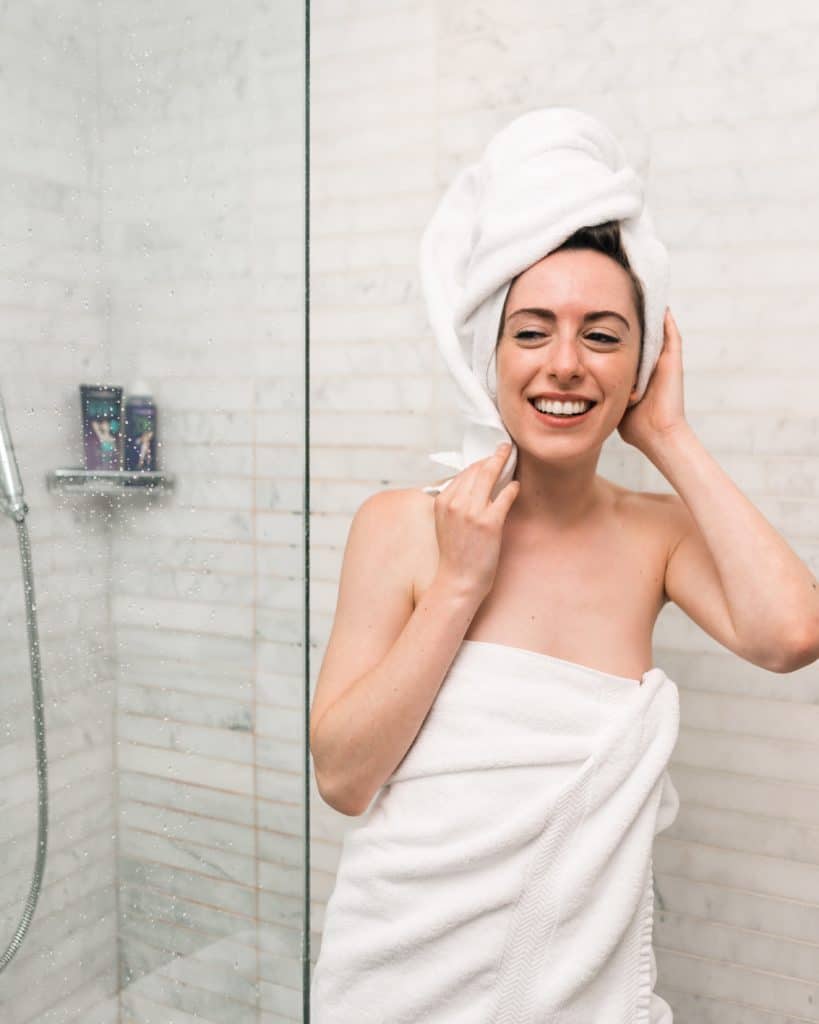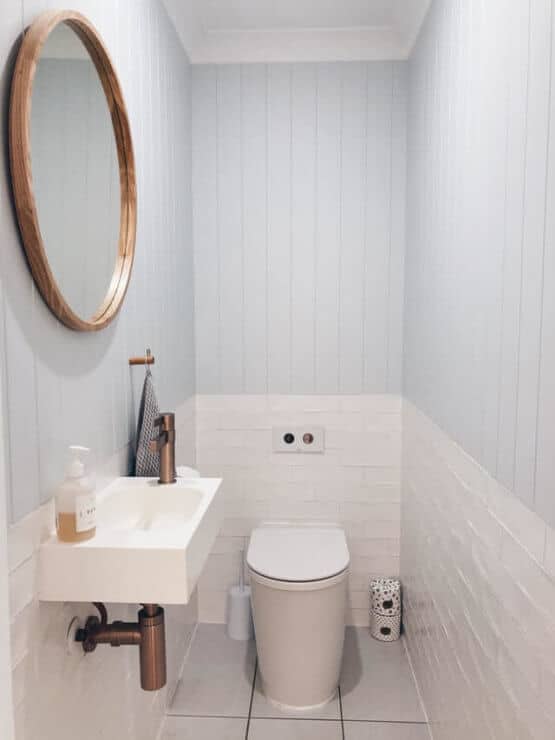Most of us have encountered mold at least once. This fungus lives in moist environments and is the enemy of most house owners. Not only does it look and smell gross, but it can cause various health issues. Does Lysol kill mold, and what are some methods for mold removal? Read more to find out.
Why Does Mold Appear in the Bathroom?
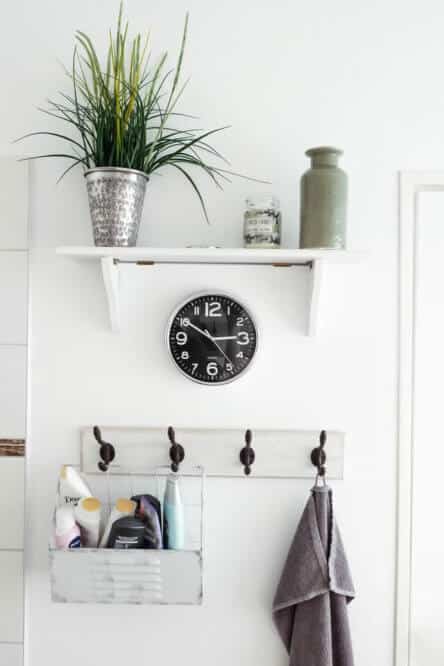
Before you ask yourself, “Does Lysol kill mold?” you must understand what mold is.
Mold is a species of fungus that helps the decaying process of organic matter. Moisture and dampness suit it, so it will grow in the wet area, with enough organic matter to survive.
If you don’t deal with it on time, it can spread all-around your house. Mold will commonly grow in your bathroom, as it’s high in moisture and doesn’t have enough ventilation.
Other property areas that mold loves are basements, garages, and kitchen, as they are prone to dampness.
Mold reproduces with the help of microscopic spores that it releases in the air. The smallest amount of moisture is enough for these spores to take hold and grow.
Warmth will make the growing process faster, and mold can appear only 48 hours from the spores’ landing. Mold usually feeds on dust, as dust is typically organic and made of human skin.
All of this makes the bathroom an ideal home for mold. It’s humid, warm, and there is tiny organic matter everywhere.
Every time you wash your hands or shower, you are creating a perfect mold habitat. This is why it’s essential to clean your bathroom floor and walls regularly.
How to Prevent Mold Growth?
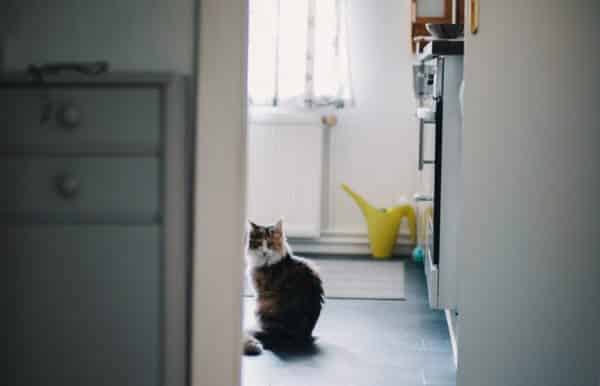
There are several ways you can prevent mold from growing in your bathroom. Most of them include eliminating moisture and warmth in it.
Make sure all surfaces are dry after you’ve used the bathroom and create proper ventilation. Airflow removes moisture, which is why all bathrooms should have an exhaust fan or a window.
Another vital thing to eliminate is a food source for mold. This means that you should keep your bathroom clean from bacteria and other organic material such as dust.
Antibacterial products are best for this as they’ll remove almost all microorganisms.
If you have any damp areas that water can accumulate into, do everything you can to fix it. Repair any leaks and make sure your tiles are correctly glued.
All drains should work properly, and you should clean them regularly.
Another good idea would be to use mold-resistant paint instead of tiles.
How to Get Rid of Mold?
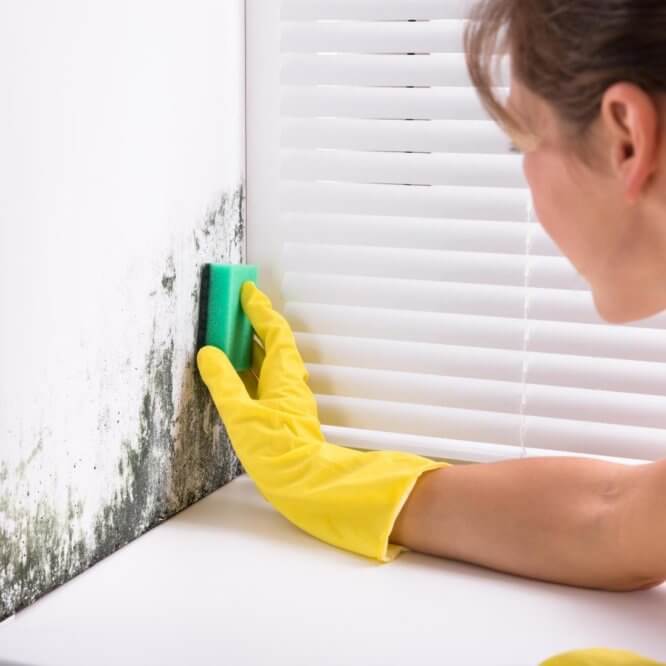
Now that you know all health problems mold causes, you’re probably wondering does Lysol kill mold. The answer to this and a few other questions lie below.
What is Lysol?
Lysol is a disinfectant that hit the market in 1889. It contains hydrogen peroxide, also known as benzalkonium hydrochloride, as the active ingredient.
Other ingredients are potassium hydroxide, isopropyl alcohol, and ethanol. All of this makes Lysol one of the best cleaning agents you can find.
It’s commonly used for house cleaning, as it can kill up to 99.9% of bacteria and viruses in your home. Lysol is a sanitation agent that ensures complete hygiene of your environment.
It can also serve as a deodorant, as it removes unpleasant odors that mildew and mold create. With Lysol, you can clean both soft and hard surfaces, including floor, sink, tiles, carpets, or bedding.
Does Lysol Kill Mold?
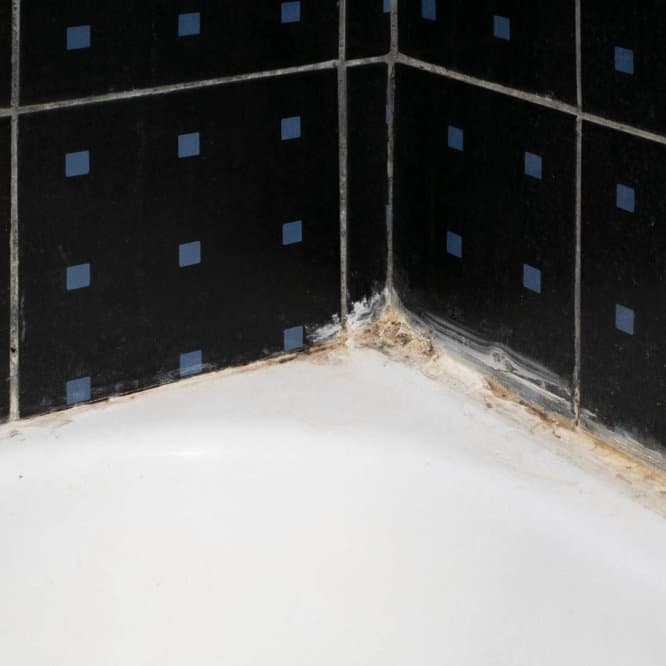
Most people thoroughly believe that Lysol is very useful when it comes to killing mold. However, this only true up to a certain degree.
So, let’s give a detailed answer to the “Does Lysol kill mold?” question.
Yes, Lysol will help you get rid of adult mold cells. With it, you can clean the surface, and it will look sparkly new in just a few minutes.
However, if you’ve ever cleaned the bathroom with Lysol, you have probably noticed the mold regrows in a few days. This is because you have to get rid of spores if you want to kill mold effectively.
So, in other words, Lysol kills mold, but only for up to a week. This is also true only for surfaces that have been in direct contact with the disinfectant.
If you still want to attempt to get rid of mold using Lysol, here are the steps of this process:
- Clean the infected area with a scrub brush.
- Spray Lysol on the area that is affected by mold.
- Let Lysol stay on the surface for up to ten minutes.
- Scrub the treated area with a brush.
- Wipe the surface with a cloth.
- When everything is wiped, pour water on the area and rinse it thoroughly.
- Let everything dry completely to prevent new spores from growing.
Other Methods
Now that you know does Lysol kill mold, here are a few more methods for mildew and mold removal. Some of these have more success but are rarely talked about.
- Chlorine Bleach
Chlorine bleach is useful to remove any discoloration the mold may have created. However, it is not recommended as a mold removal method, for the same reasons as Lysol.
It will only temporarily get rid of it, but the spores will survive. After cleaning your bathroom with bleach, the mold will return after just a few days. At the same time, chlorine bleach is quite harsh, and you have to dilute it with water to avoid surface damage.
- Vinegar
Believe it or not, distilled white vinegar is one of the best home remedies to get rid of mold permanently.
It’s acidic, and it will slowly break down the mold structure and kill it, including its spores. Sure, you have to ensure proper ventilation, and you have to clean your entire bathroom, but it’s worth it.
Keep in mind that vinegar is too mild to remove stains, so you’ll have to use some additional house cleaner. Still, this is one of the most successful ways to get rid of persistent mold.
- Baking Soda
Sodium bicarbonate, also known as baking soda, has a high pH level that will inhibit mold growth. This can ultimately prevent it from growing, which makes it a rather successful method. Similarly to vinegar, however, baking soda won’t remove stains.
- Borax
Borax works the same way baking soda does. It’s acidic, and it prevents mold from reproducing and growing. It isn’t a good cleaner, though, but it has a bigger success in stain removal than baking soda. We’d recommend using it with another, more reliable cleaning solution.
Why Is Mold Dangerous?
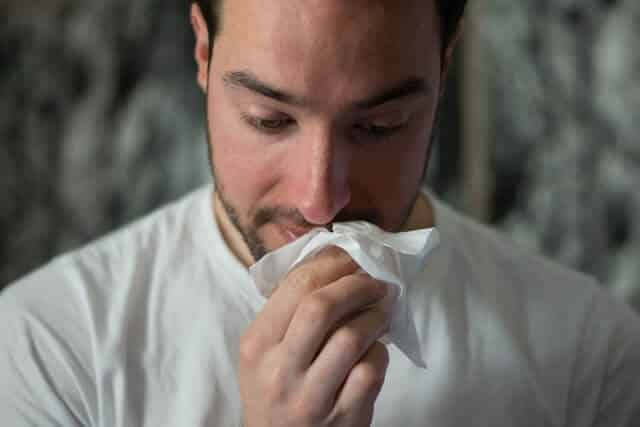
Mold can be very toxic and harmful to your health. If you or someone from your household suffers from allergies or respiratory problems, mold is a big issue.
ere are several reasons why mold is dangerous.
It Causes Breathing Problems
Spores, fragments, cells, and other parts of the mold can end up in the air. They can create several kinds of allergens, mycotoxins, and irritants.
These may end up being toxic for sensitive individuals. Even healthy people can start having breathing problems after spending a lot of time in a moldy environment.
Not only that, but dampness increases the volume of dust particles in the air.
This can further irritate the nose, throat, and lungs. For people experiencing breathing problems such as asthma, this can be rather dangerous and uncomfortable.
It Causes Allergies
Many people have a sensitivity or allergy to mold or dust. For them, mold can cause discomfort and various other symptoms, such as:
- An itchy nose and throat
- Runny nose
- Headache
- Watery eyes
- Sneezing
- Breathing issues
People who have asthma and mold allergy may even end up having an asthma attack in a moldy environment.
At the same time, mold and dust increase the chance of dust mites. This is also a common allergy cause in more sensitive individuals.
It May Cause Serious Health Conditions
A few kinds of mold, including Aspergillus, may cause a severe health condition, aspergillosis.
Immunocompromised people are especially prone to developing this issue and having a serious reaction.
Aspergillosis comes in several types. Some cause minor issues, such as headache and runny nose.
Other, however, may even cause bloody cough and weight loss.
Apart from aspergillosis, mold can cause fungal and bronchial infections.
These may lead to pneumonitis, bronchitis, sinusitis, and allergic alveolitis. Even healthy children may experience lower respiratory tract problems.
Bottom Line
Does Lysol kill mold? Yes and no. It will kill the mold on the surface, and it will do an effective cleaning job. However, mold spores will survive, and in about a week, you’ll notice new mold growing.
This is why Lysol is not the right long-term solution.
If you want to get rid of mold successfully, we recommend cleaning mold with baking soda, borax, or vinegar. To ensure everything is adequately disinfected, clean the bathroom a day later once again using Lysol or some similar disinfectant. Good luck! Mold is persistent, but with a good tactic, you can kill it completely.

Michael Davis is a heating & plumbing expert who currently works as independent contractor in SC. He also writes for Plumbertip.
For almost 10 years he worked on various plumbing tasks across South Carolina.


